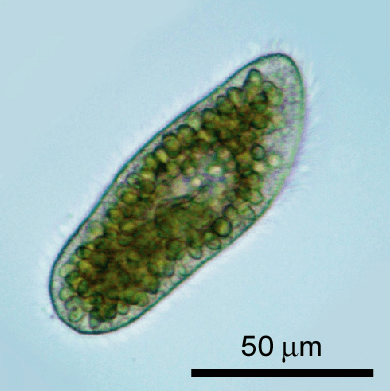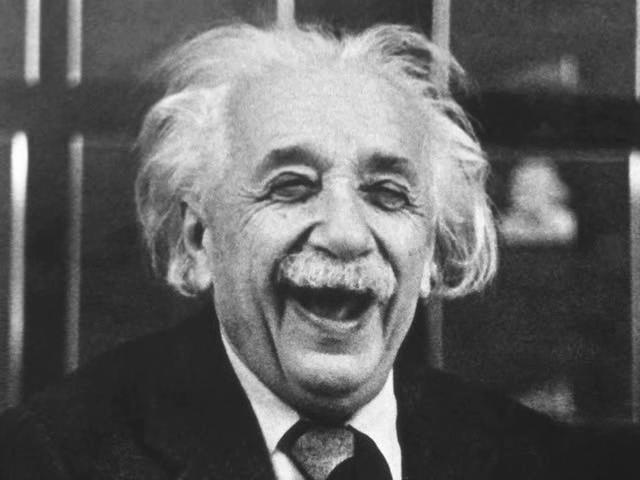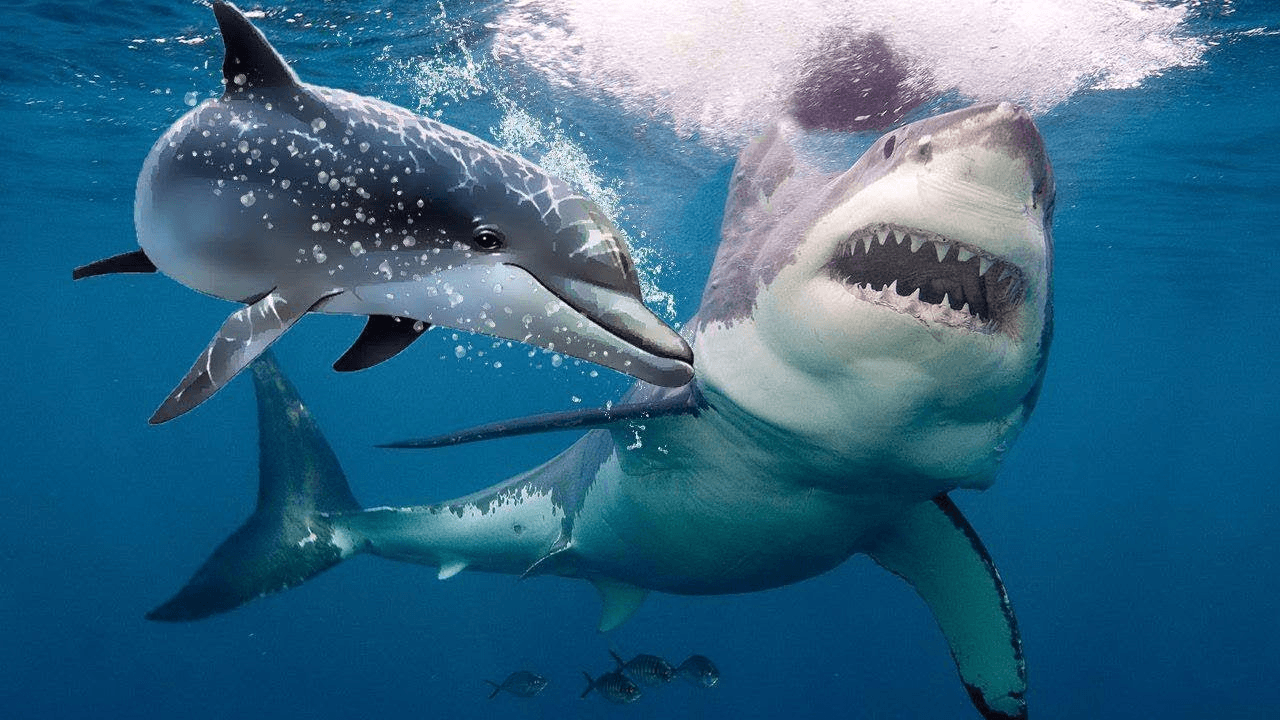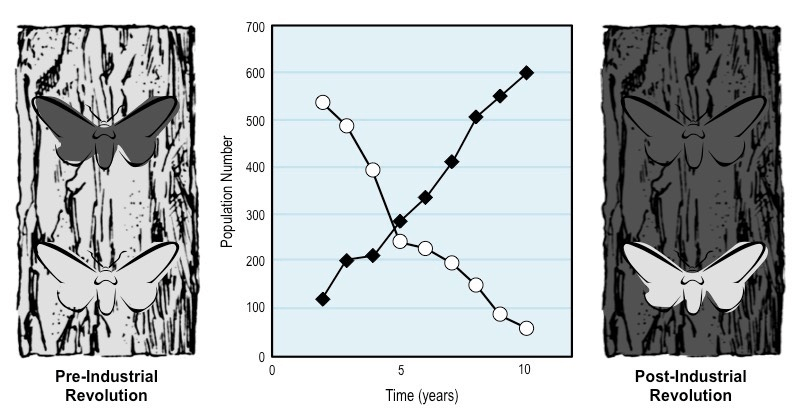What is the name of this famous naturalist?
Alfred Wallace
The living factors of the environment that affect the distribution and abundance of organisms e.g. predation, commensalism, mutualism, etc.
Biotic factors
Biological catalyst in metabolic reactions
An enzyme
Site of photosynthesis in plant cells.
Chloroplast
Dependent variable
Darwin's finches are a great example of this type of evolution...
Divergent evolution
The term for an organism that hunts its prey
A predator
A cell with no membrane-bound organelles. Name means "before nucleus".
Prokaryotic cell
Plant tissue which allows nutrients to flow in TWO directions
Phloem
What is the approximate length of this unicellular paramecium?

80-100 micrometres
The mechanism that allows biological evolution whereby the environment determines who survives and who dies.
Natural selection
If 10 quadrats were used to sample a total of 20 barnacles in a 10m x 10m area, what is the population density of the barnacles? (in no./m2)
5 barnacles/m2
The organelle that is the site of cellular respiration.
Mitochondrion
Organelle in cells responsible for protein synthesis in cells
Ribosomes
Calculate the average of these collected results (without using a calculator)...
24, 26, 28, 105.
26 (you should leave the 105 out, as it is an outlier in the data)

This is an example of...

Convergent evolution
This is where 2 different species help each other to survive. BOTH gain a benefit from the relationship.
Mutualism
What is the model related to this picture known as?
Fluid Mosaic Model
An organism that cannot make its own organic molecules and so consumes other organisms to obtain energy.
Heterotroph

What was the difference in population density between light and dark moths after 10 years?
Around 540 more black moths
Two different theories proposing that changes occur in species over a period of time - one in short bursts of change and the other over a long period.
Punctuated equilibrium and gradualism
An extinct Australian megafauna related to the wombat.
Diprotodon
Observe the diagram below. What type of cells are found in the capillary and what is the name of the protein which allows the attachment of oxygen?
Red blood cells
Haemoglobin
What is the word equation for Photosynthesis?
Carbon dioxide + water --> Glucose + Oxygen
(with sunlight and chlorophyll as catalysts)
For an investigation to be reliable, what TWO things should you do?
Repeat the experiment
Average the collected data